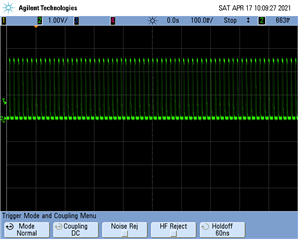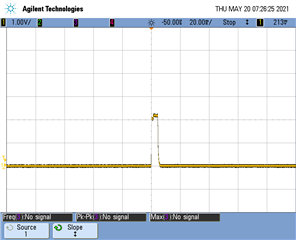Other Parts Discussed in Thread: AM5718,
We are facing peculiar situation and need your help on TPS6590377ZWSR.
In our custom Card, the resistance between VMAIN & GND is 6 Ohm while cold testing in all 4 boards, clearly expressing shorting in the board. Even after checking all the orientation of devices and capacitors, the resistance was still 6 Ohm in all the boards.
So we decided to give power to VMAIN section at 5V with current limit of 100mA. The board was powered up, but due to current limit set at the power supply, voltage was 1.2 V instead of 5V Input. We slowly increased the current limit to 200mA and eventually took to 400mA, and it resolved all the shorting and board was taking 20mA current after powering up and all the shorting seems to have vanished. This happened on 2 boards. Rest 2 boards, we haven't turned on yet.
After that we were able to power up the LDO of this device but SMPS are not powering up. Voltage level at SMPS9 is coming at 800mA on both the boards. Rest of the SMPS seems off.
We have cross verified the schematic with the evaluation boards and everything seems to be fine as per custom schematic. But we are still unable to power up SMPS.
Kindly help resolve this issue. Is this due to 6 E at VMAIN during cold testing?
The custom board schematic is almost same as AM5718IDK SD with some modifications done to accomodate our application.
PS: We are planning to change the device TPS6590377ZWSR to TPS6590379ZWSR on one of the boards as last resort as it is a BGA package.






